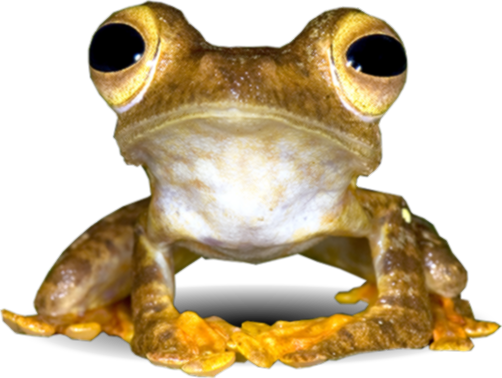This ‘tangar semak’ or scientifically named Ceriops tagal (Perr.) C.B.Rob. is another species of Ceriops that occurs in Peninsular Malaysia. Unlike C. decandra, this mangrove species is common and widely distributed in Johor, Kedah, Malacca, Negeri Sembilan, Pahang, Perak and Selangor.
The genus Ceriops is derived from two Greek words, i.e., keras means 'a horn' and -opsis is ‘appearance’, referring to the small horn-like hypocotyl (stem of a germinating seedling) of the fruits, while the epithet tagal comes from the Tagalog language. Thus, this species is locally called 'tagal' not only in the Philippines but also in Sabah.
Ceriops tagal is a small to medium-sized mangrove tree which usually grows up to 25 m tall with a trunk up to 45 cm in diameter. The bark is grey brown and slightly smooth to flaky. The leaves are yellowish-green, 5–12 cm long and 2–7 cm wide. The flower petals are white and turn brown when decay, the calyxes are green with five lobes and the stamens are 3–5 mm long.
It is further distinguished from other species by having a ribbed, long and slender hypocotyl that can grow up to 35 cm long (Madani & Wong, 1995). The flowers emit a mild sweet odour to attract pollinators which are most likely to be insects (Fern, 2014).
Ceriops tagal has various economic importance, for example, the hard tree bole is used to build houses in Peninsular Malaysia and also to make charcoal. In addition, the tree bark is usually used for tanning and toughening nets and fishing lines (Madani & Wong, 1995).
